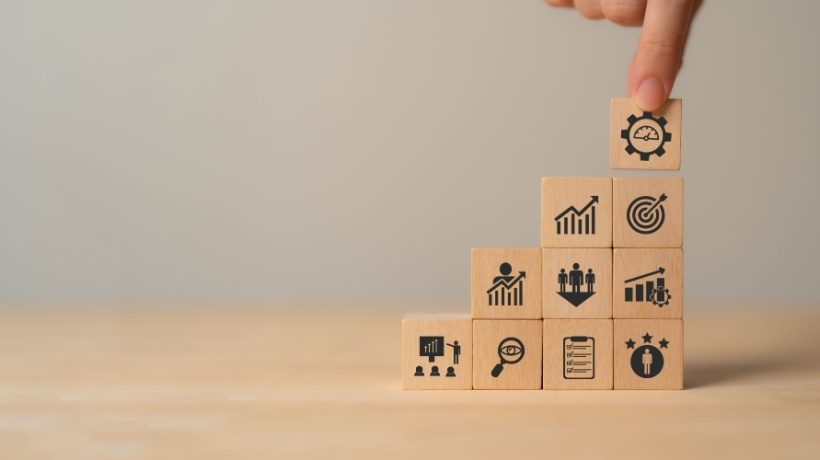Solder Mask Applied in Board PCB Assembly
The solder mask is a protective coating that insulates and protects the copper pads, traces and blank spaces on the circuit board from unintended electrical connections. It is applied in a process that involves cleaning and prepping the PCB surface, applying an epoxy-based liquid photoimageable solder mask (LPSM), and applying it using either spray or a film application. During the application process, it is important that the mask be affixed to the surface of the PCB in an accurate manner so that no slivers of solder mask can escape between the adjacent copper pads or traces. These so-called solder mask slivers are considered defects and are a source of rejects.
The slivers are typically caused by poor design or assembly. These problems can be avoided by communicating effectively with your PCB assembly service provider and implementing reasonable component installation practices. This will ensure that the PCB will be manufactured as designed and that any issues are resolved in a timely manner.
First, the PCB is cleaned and prepped to remove any contaminants, such as oils and dust. It is then loaded into a vertical coater for solder mask ink application. The ink is deposited on the PCB substrate or copper foil and then cured by UV light. After curing, the slivers of mask are removed using a solvent. The resulting mask is then used to define the solder mask openings for each pad and via.

How is Solder Mask Applied in Board PCB Assembly?
Solder mask can be made from a wide variety of colors and materials. Traditionally, green has been the most popular mask color but other colors are also available, including black, white, red and yellow. Clear, while not technically a solder mask color, is often included as well. The specific color chosen is a function of the manufacturer’s fabrication experience and the reliability requirements of the circuit board.
During the board pcb assembly process, a paste mask is applied to the areas of the board that are left uncovered by the solder mask. This paste is used to connect surface-mount parts to pads on the board during the soldering process.
Solder masks are a crucial part of any printed circuit board. They prevent short circuits and other defects during the board fabrication and assembly process. They also provide protection from the environment and increase the lifespan of the printed circuit board. Failure to use a solder mask can cause severe problems that will significantly reduce the reliability of your finished product. If you are a designer, you should carefully consider the color and thickness of the solder mask you need for your board. In addition, you should ensure that the correct Gerber files are used for the mask layer.
Surface Mount Technology (SMT) has been the backbone of PCB assembly for decades, but recent improvements are pushing its capabilities even further. Innovations in SMT include more precise placement machines and the development of smaller and more efficient components. These enhancements allow for higher density boards with improved functionality. For instance, the latest SMT machines can place components with extreme precision at astonishing speeds, reducing production time and increasing throughput.









